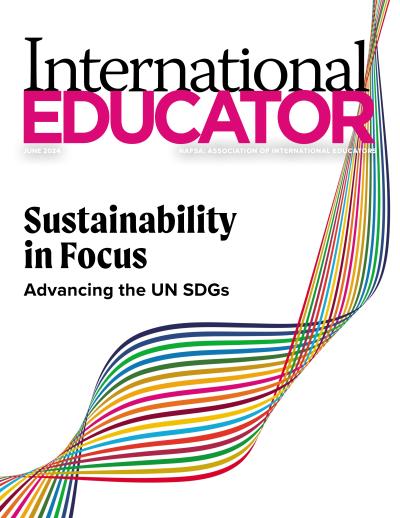InBrief: January + February 2013
In this issue: international students' contributions to the U.S. economy; modest uptick in U.S. students studying abroad; Kenyan University’s campus near refugee camp; international students' rights in Australia; donation to support internationalization efforts; United Nation’s Education First initiative; recommendations to DHS for supporting international education; MasterCard Foundation Scholars Program; new markets for international students; and demand for skilled workers in India.
International Students Contribute Nearly $22 Billion to U.S. Economy
International students bring many positive things to their campuses and communities, and their financial contributions are not to be overlooked. According to NAFSA’s Economic Impact Analysis report, released in November 2011, international students and their dependents added $21.81 billion to the economy. Through tuition, fees, and other living expenses, international student spending is a significant benefit to the U.S. economy.
NAFSA produces the report using Wintergreen Orchard House data on tuition and living expenses along with enrollment statistics from the Institute of International Education’s Open Doors report. Jason Baumgartner, from Indiana University-Bloomington’s Office of International Services, analyzes the data.
Record Year for International Student Enrollment, Only Modest Uptick of U.S. Students Studying Abroad
International student enrollment in the United States rose by nearly 6 percent in 2011–12 while U.S. study abroad numbers increased 1.3 percent in 2010–2011, according the latest Open Doors report released in November 2012 by the Institute of International Education.
The 764,495 international students studying in the United States in 2011 mark an all-time high, up 5.7 percent from the previous year. New international enrollment rose 6.5 percent











